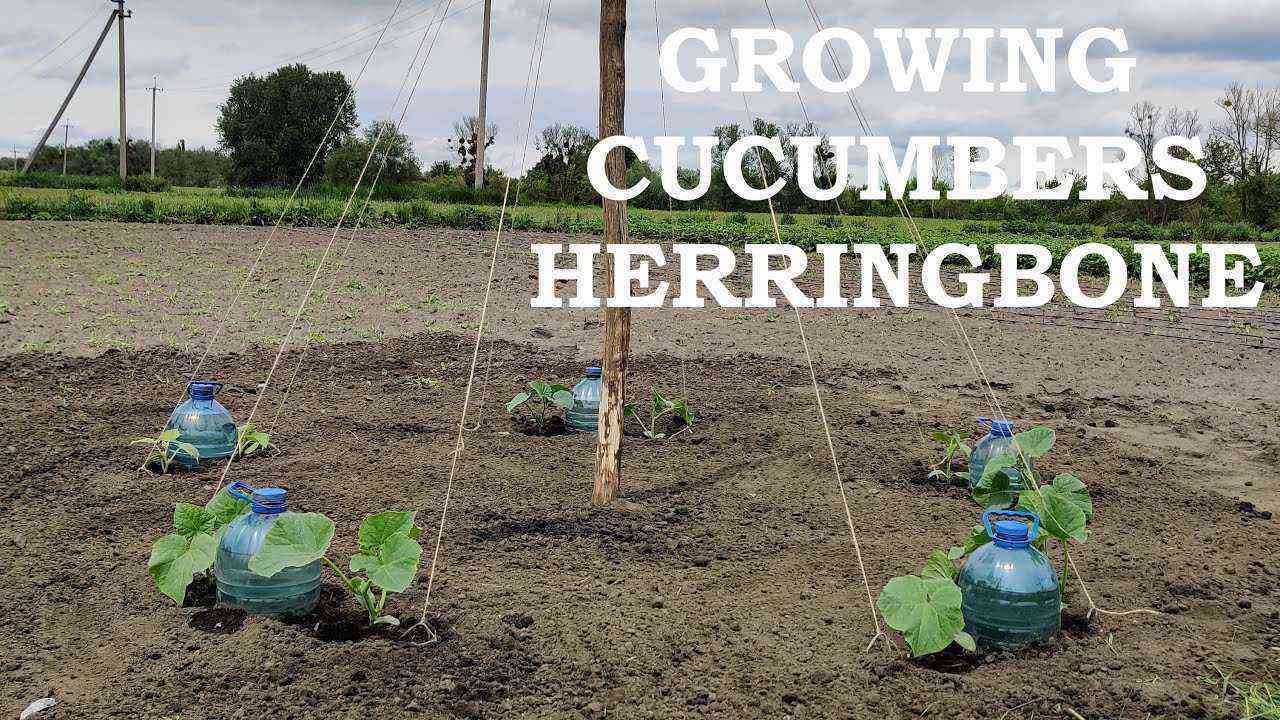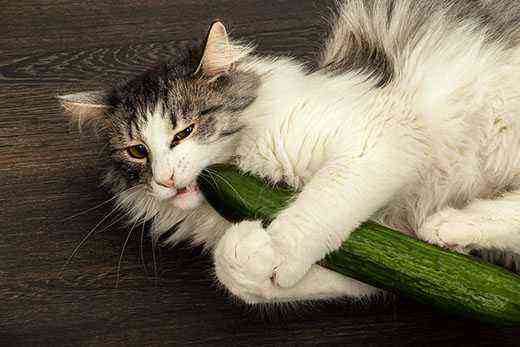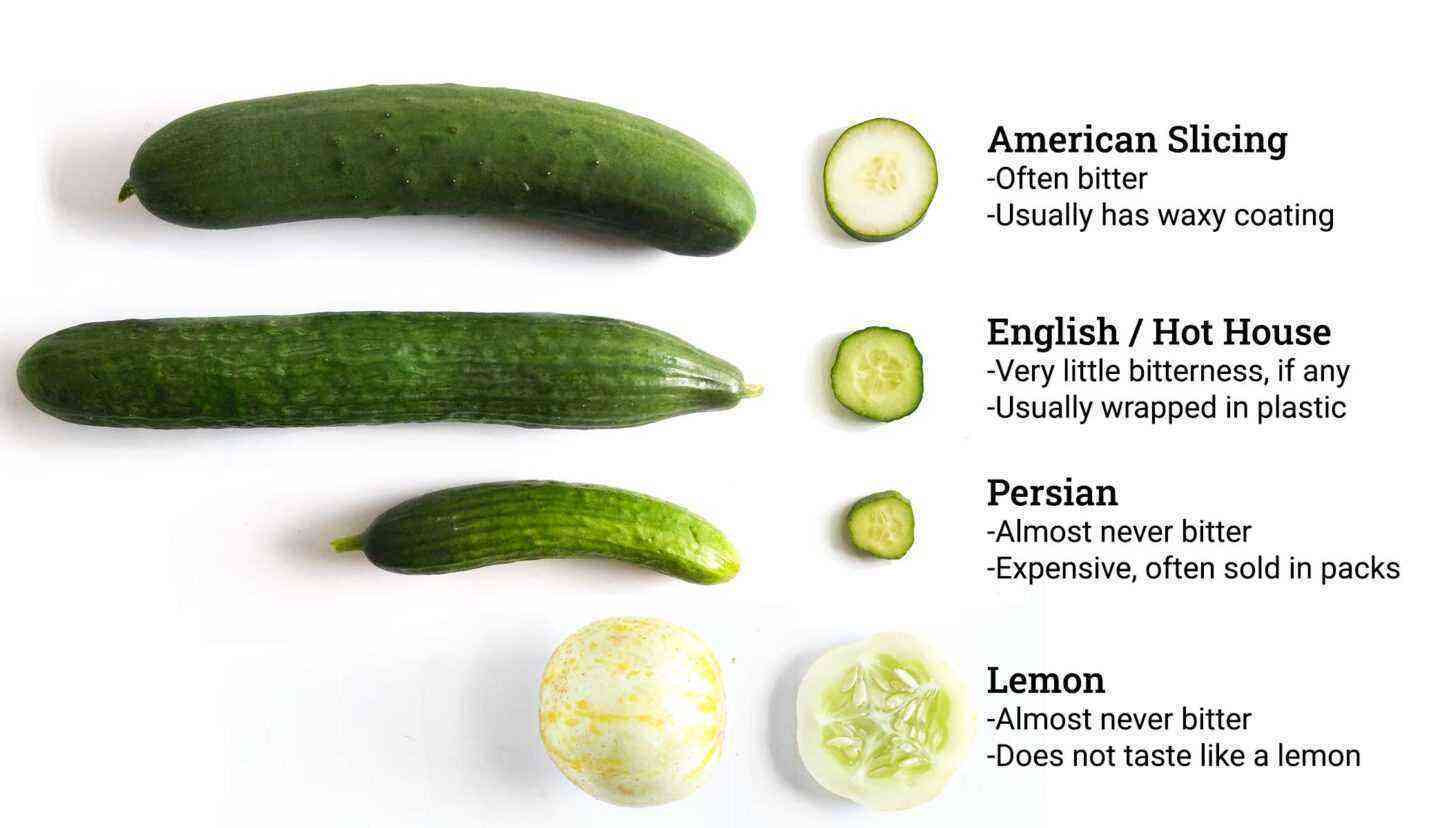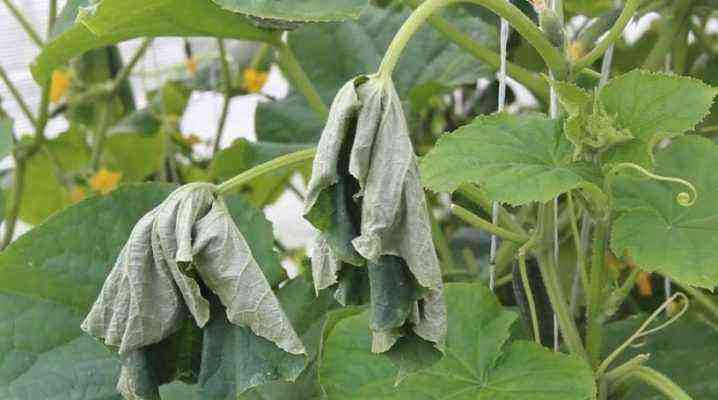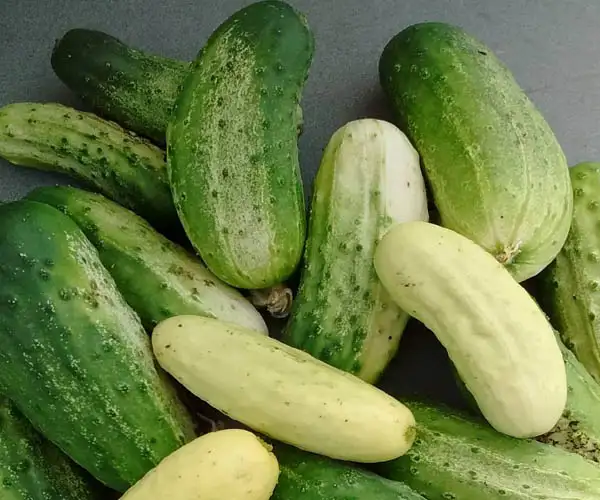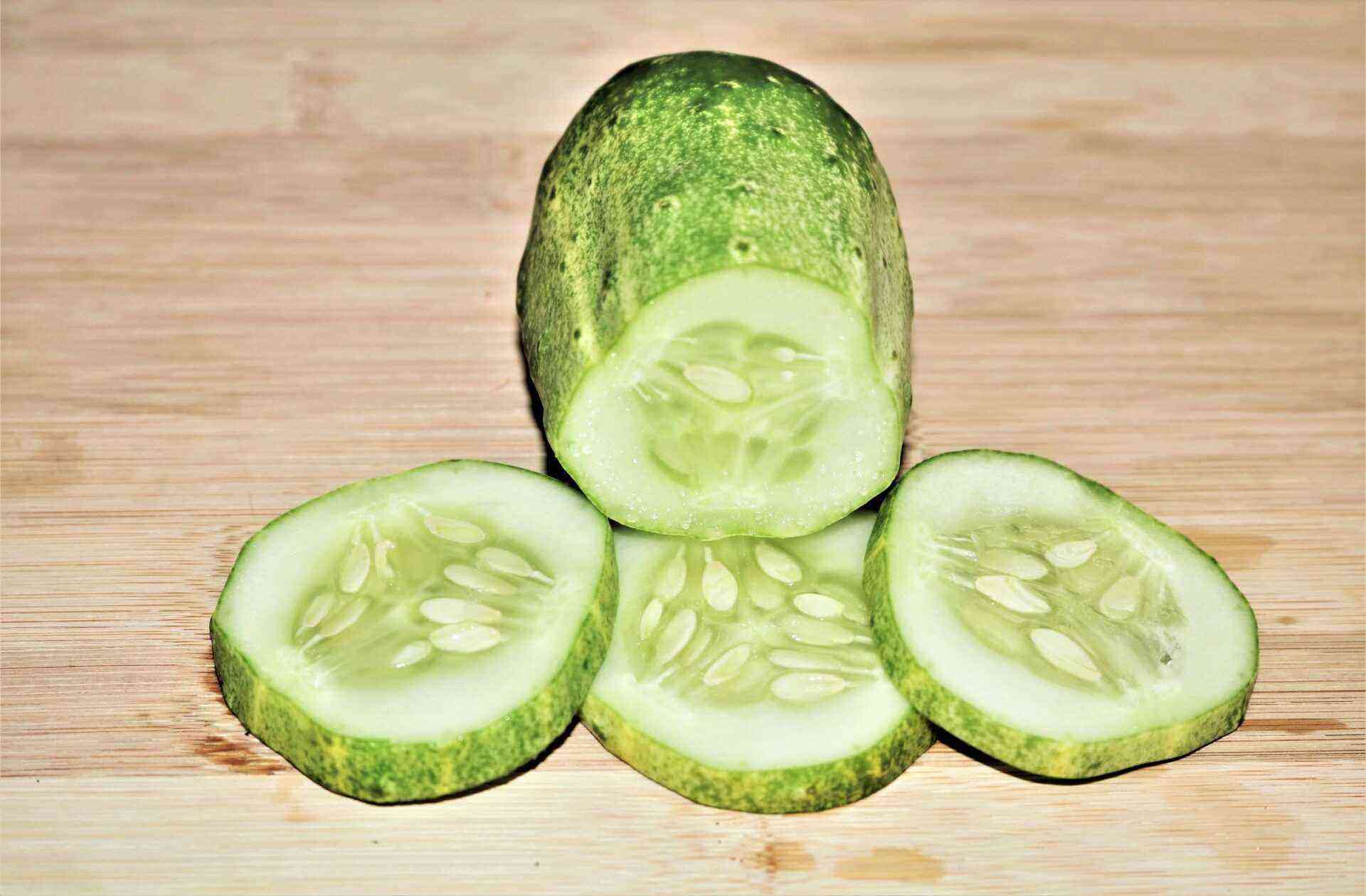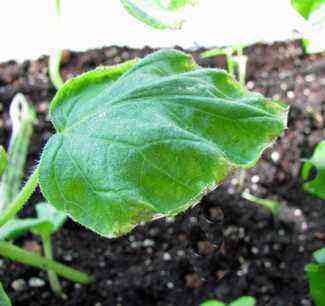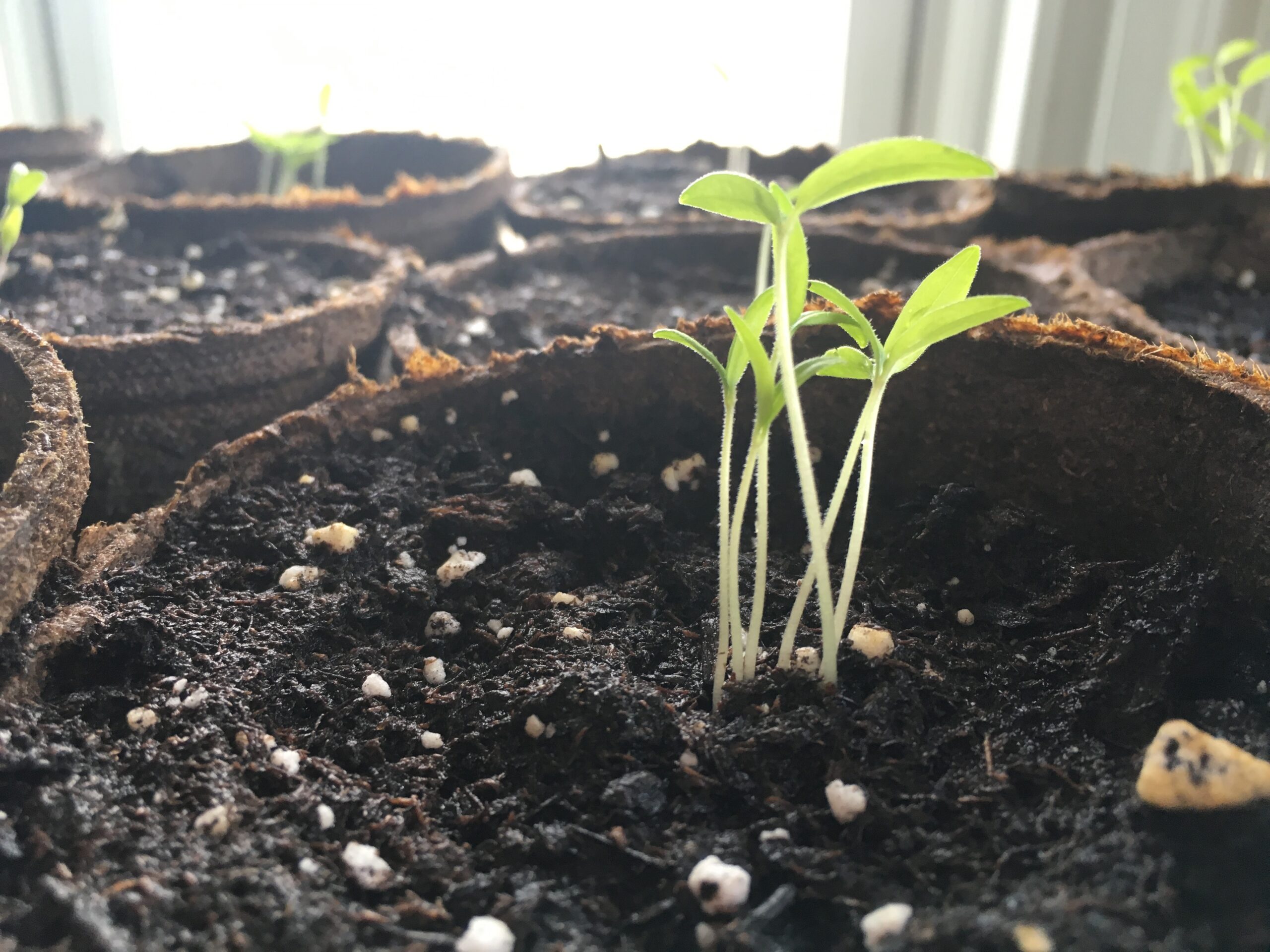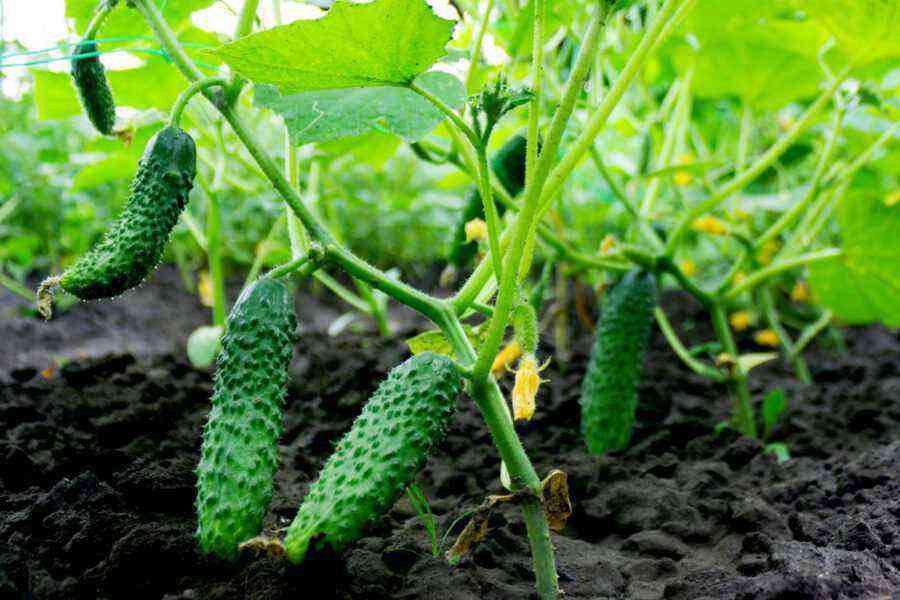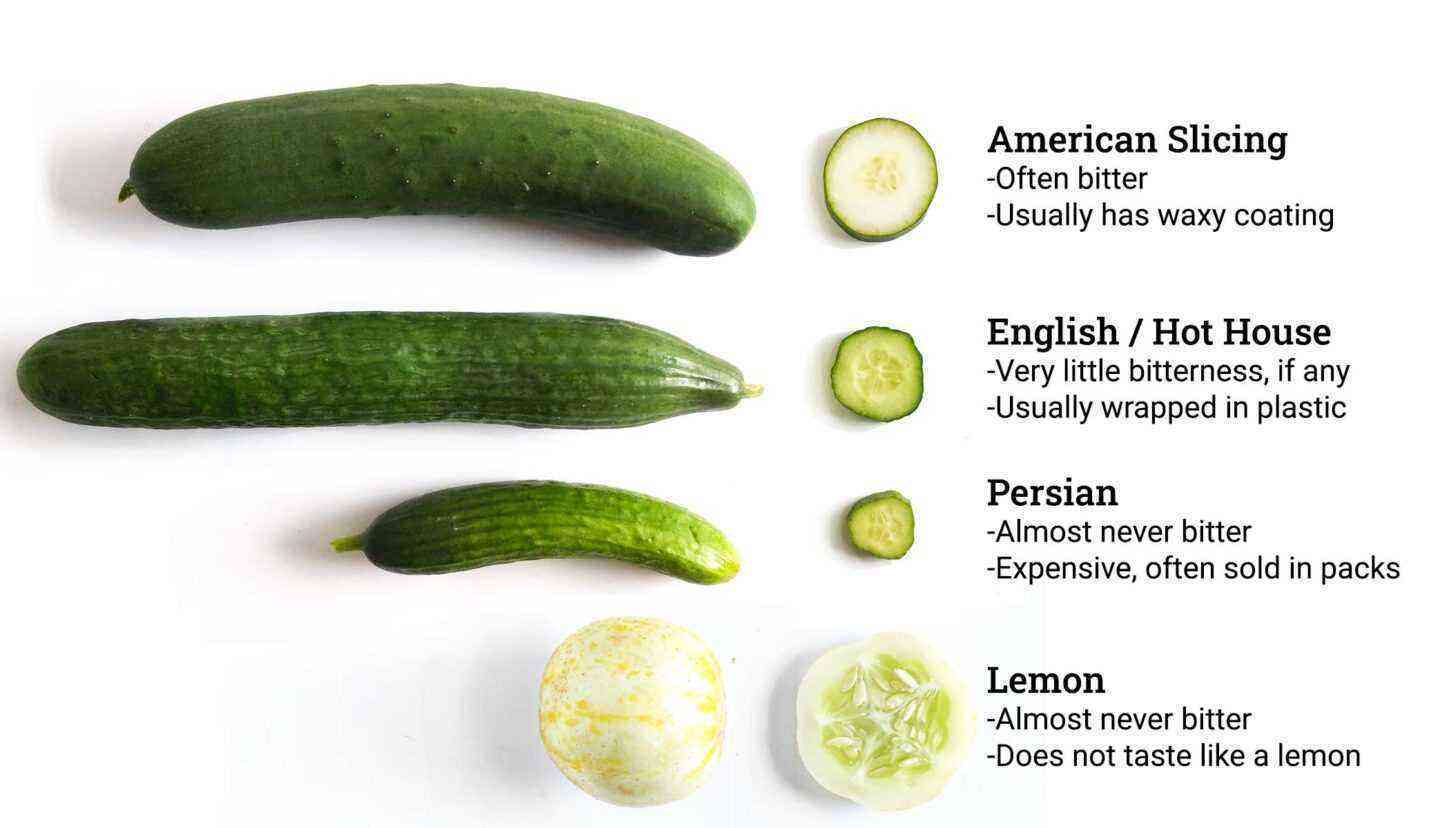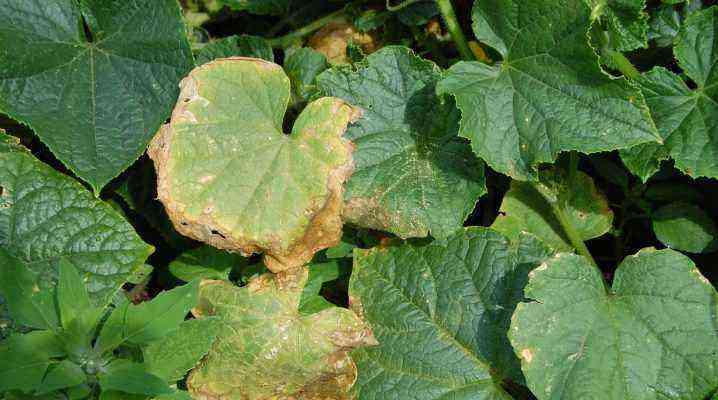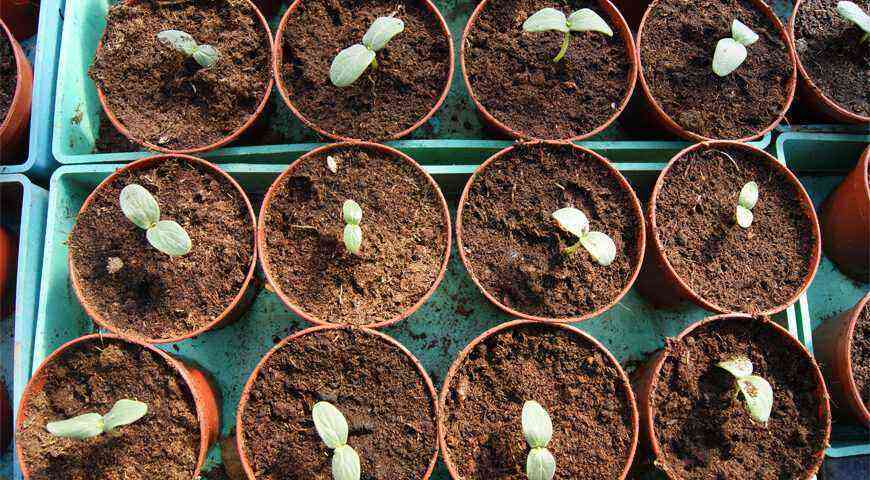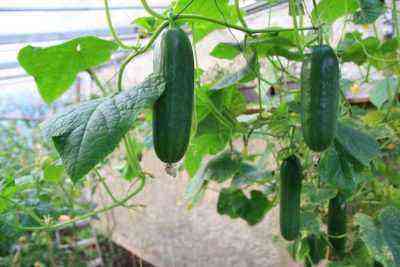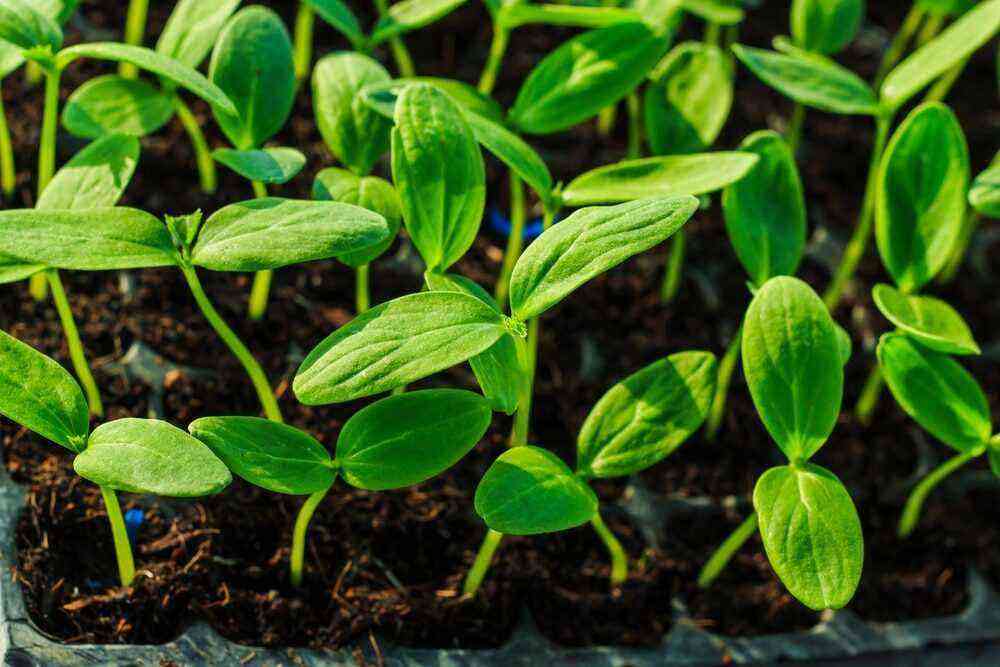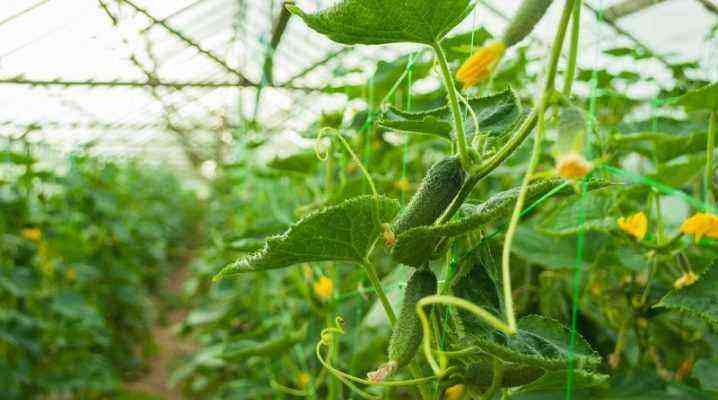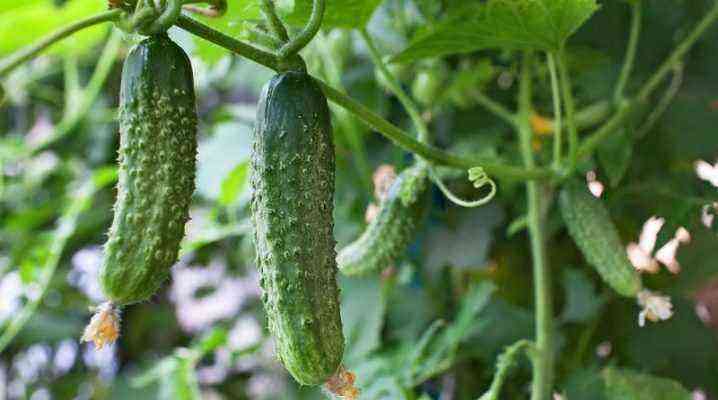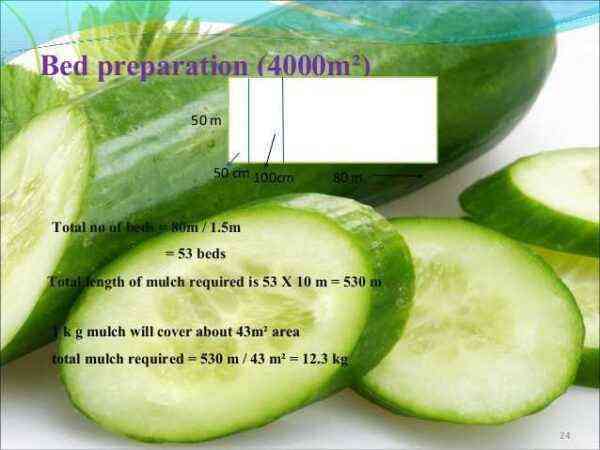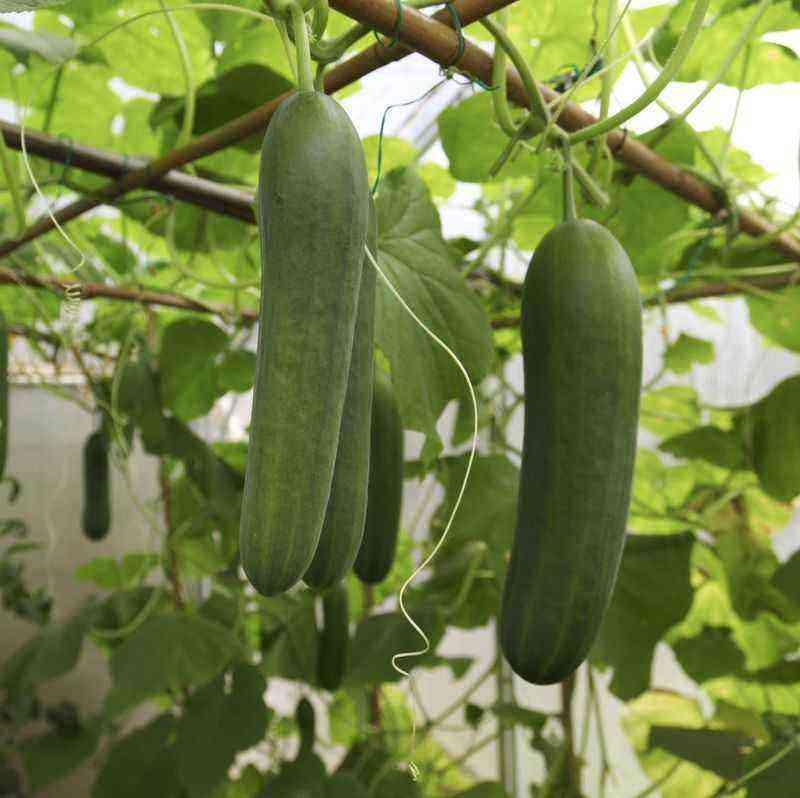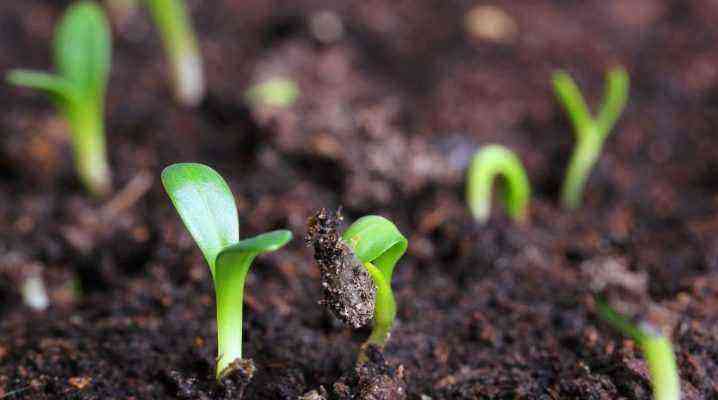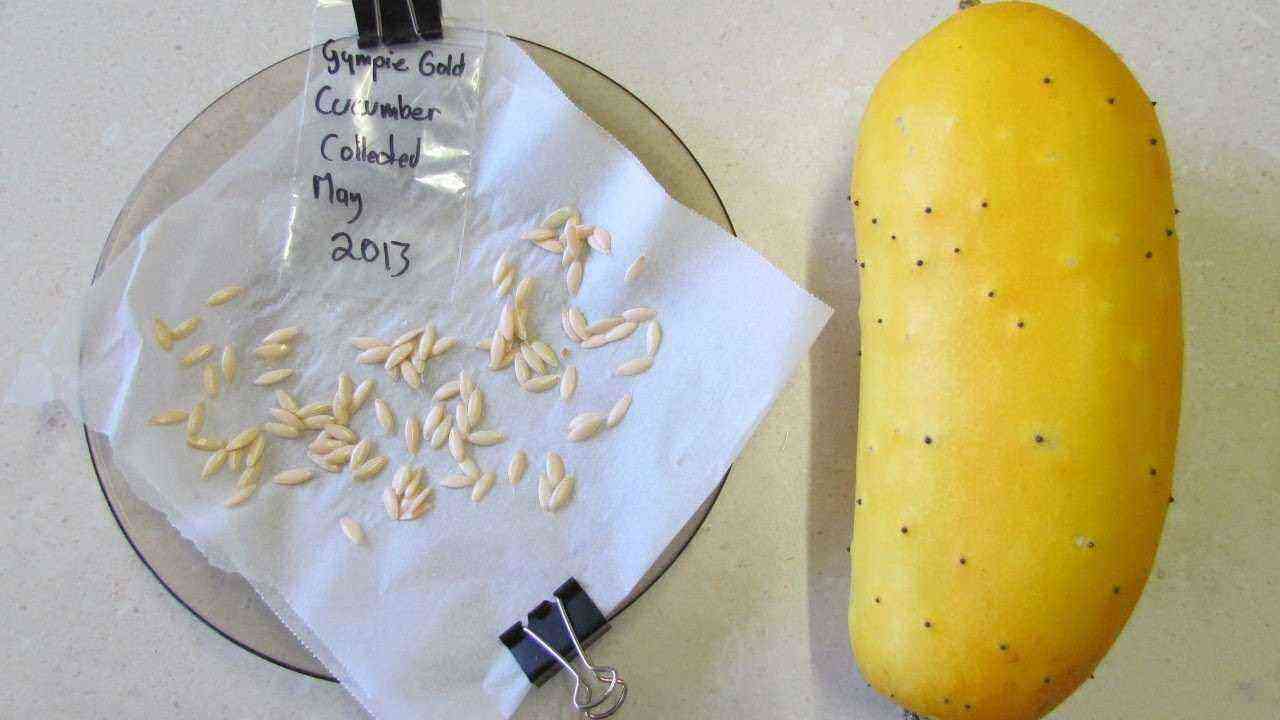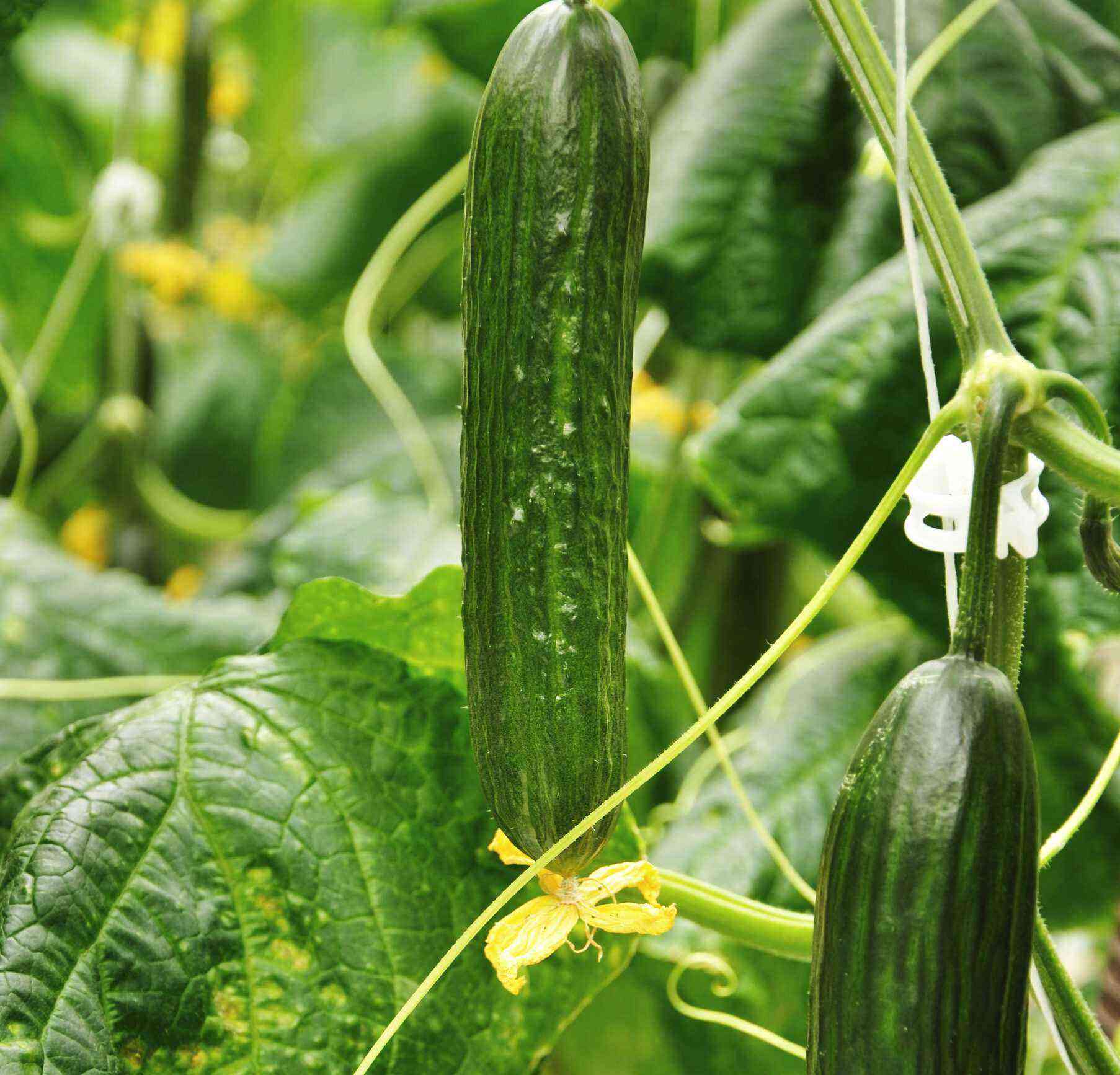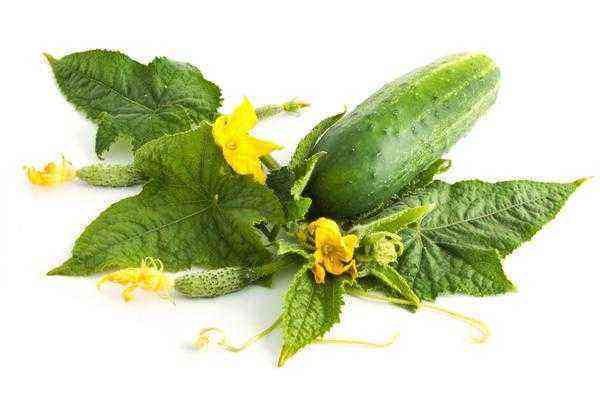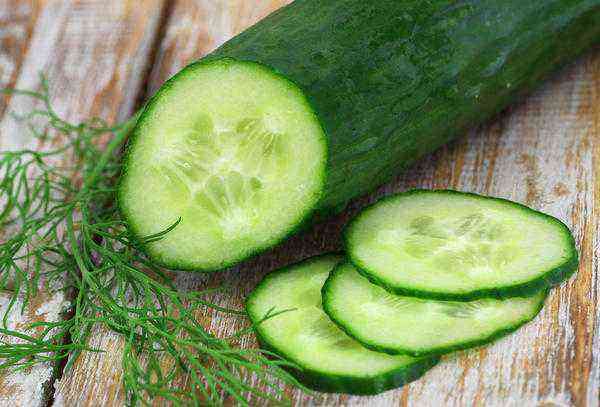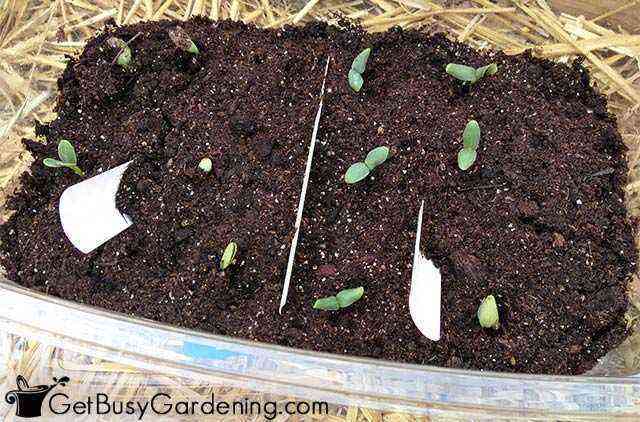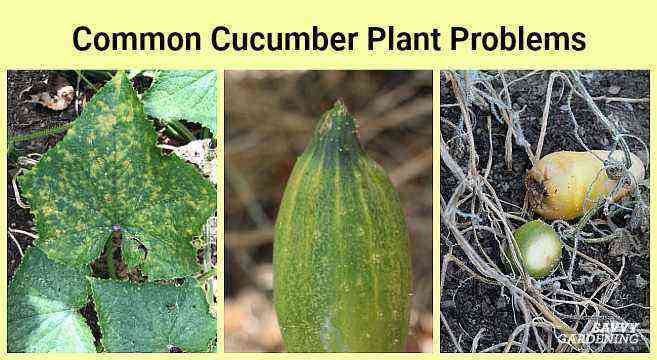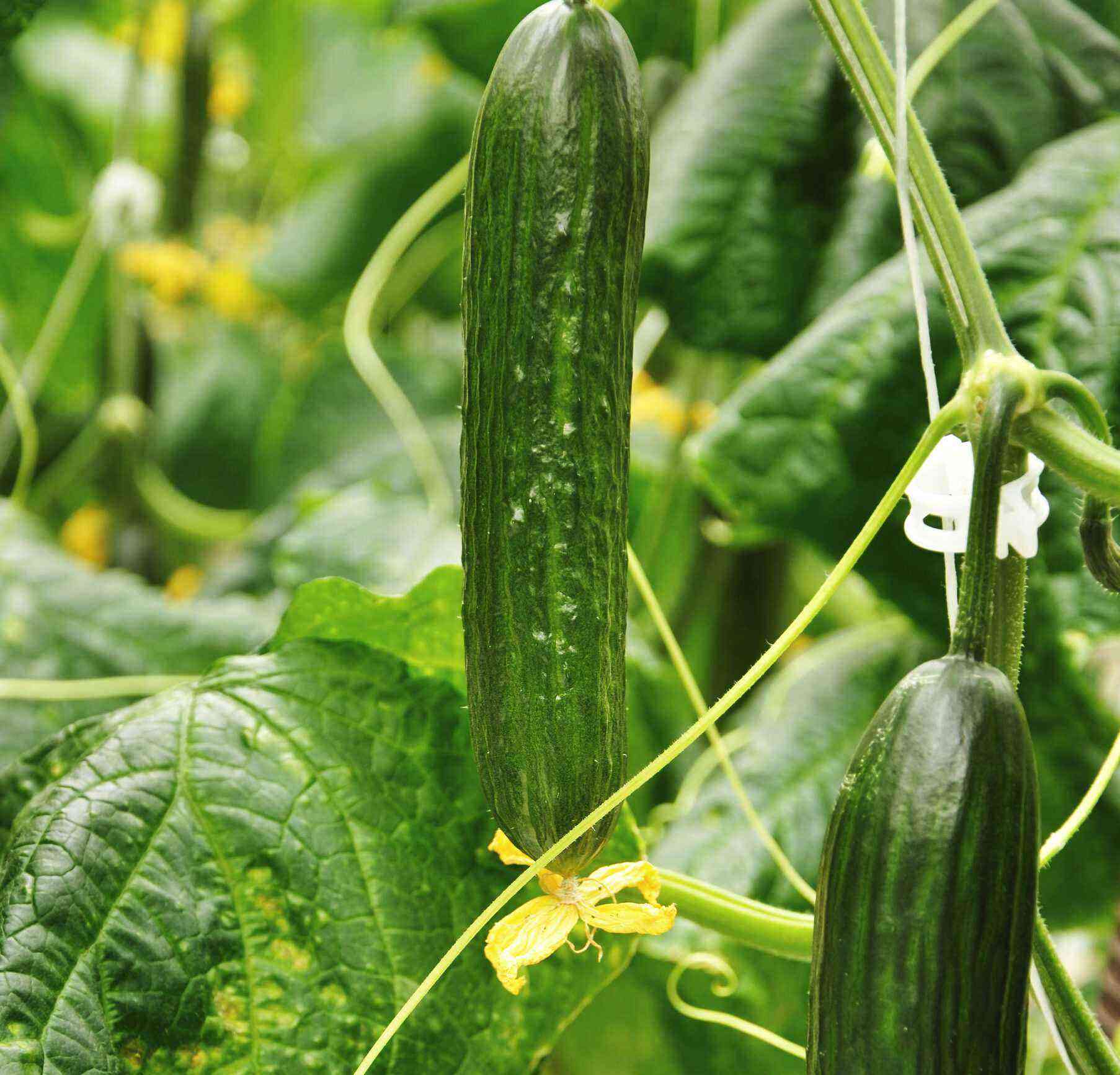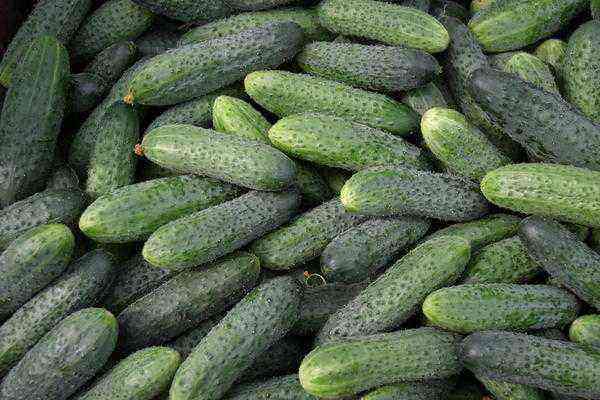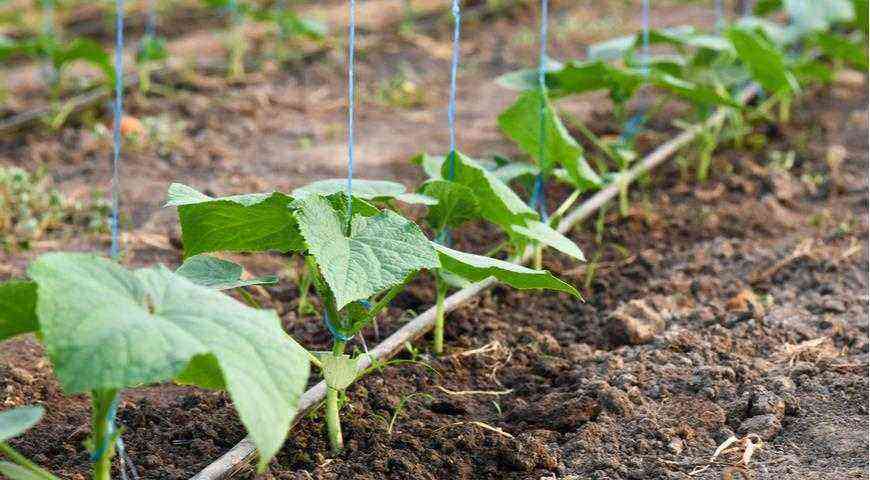Foliar feeding of cucumbers often helps gardeners, and also serves as a beneficial addition to fertilizing the soil. We suggest you learn how to properly use boron fertilizers and foliar boric acid for cucumbers in order to get a high yield.
Boron plays an important role in the growth and development of vegetable plants. It is essential for protein synthesis, cell wall development, carbohydrate metabolism, hormone regulation, pollen formation, fruit set, and seed development. Boron is mobile and easily leached in sandy soils, so many vegetables require regular supplementation, but only in small amounts. We propose to take a closer look at the boric dressing of cucumbers

Why you need to carefully fertilize plants with boron
Boron (B) is a micronutrient that is required in very small amounts, and there are strict safety regulations when using boron, as toxicity can occur if too much is used.
The entry of boron into plants depends on the concentration of water-soluble compounds in the root layer of the soil, the content of available moisture in the soil, and transpiration. The reaction of plants to excess and lack of boron is due to their sensitivity to this element.
Cucumbers are not plants particularly sensitive to boron deficiency; on this basis they are good averages. However, with uncontrolled application of boron, cucumber leaves turn yellow and fall off. Symptoms of an overdose of cucumbers with boron are clearly manifested on the lower leaves, which take on a burnt appearance, their edges die off (marginal necrosis). Plant growth stops.
What to do if cucumbers grow bitter, you can find out in this article >>>
How to understand that cucumbers do not have enough boron
Boron deficiency is quite difficult to diagnose, since signs of a depressed state of plants (withering and dying off of the top of a cucumber liana, poor development of shoots, small leaves, yellow tint of leaf edges) coincide with a reaction to adverse weather and other possible errors in care. There are regions located in the so-called boron-deficient zone: soddy-podzolic soils in the south of Ukraine, arid or constantly flooded regions. There you can recommend fertilizers based on boron for growing vegetables. By the way, slightly alkaline soils retain boron well, but an increase in pH over 7,5 significantly reduces the availability of this element, so liming acidic soils sometimes provokes a boron deficiency.
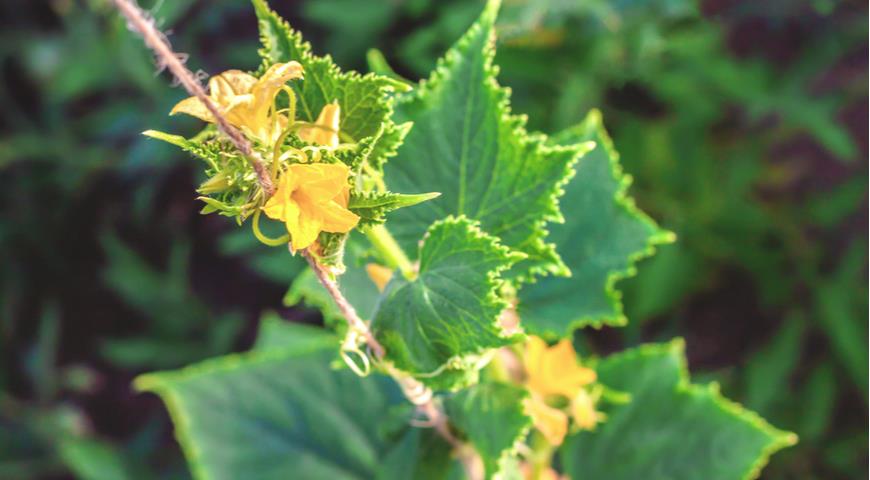
Yellow edges of cucumber leaves may indicate a lack of boron.
How to feed cucumbers with boric acid
Blindly follow Internet advisers and apply all types of dressings just like that. Some growers add boron to NPK-containing fertilizers or to superphosphate for basic tillage or seedbed application. At the same time, conscientious producers indicate the application rates for various types of soil and for specific crops, guaranteeing an uninterrupted supply of boron to plants throughout the growing season. Special fertilizers are produced, which, in addition to boron, contain other nutrients.
In central Russia, it is more logical to use foliar top dressing with boric acid, it is enough to carry out such top dressing in three stages: soak the seeds; process plants in buds; process plants with ovaries.
Cucumbers, like other plants, do not store boron for the future, so excessive feeding with this substance will only harm the plant. If you use other fertilizers, carefully study the composition: if they contain boron, you do not need to additionally feed the plants with boric acid.
If you have corn and legumes planted on the same bed with cucumbers: beans and peas, you will have to exclude fertilizing with boron. These crops may have boron poisoning. The toxic effect of boron on beans is usually manifested by yellowing of single-leaf leaves with leaf margin scorching and yellowing of the margins of older leaves, which can progress to edge scorching. In severe cases, the plants will take on a scorched appearance and the leaves may drop prematurely.
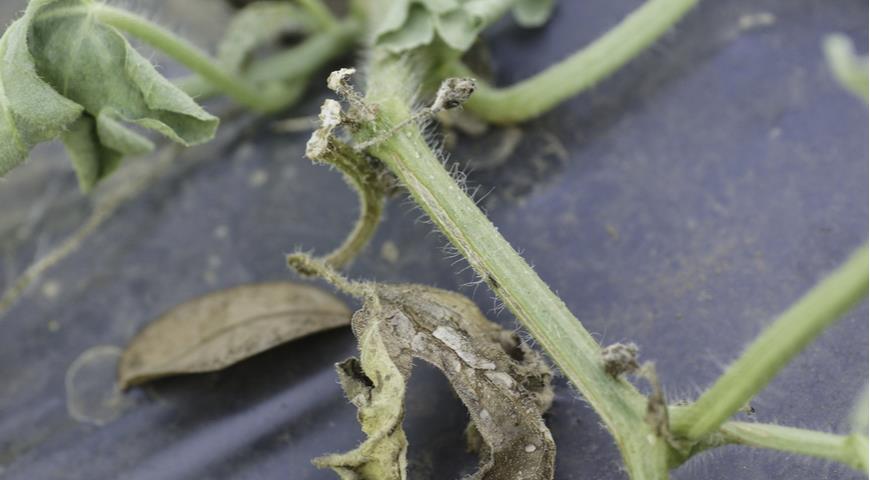
Plant lack of boron
What is the use of boric acid for cucumbers
Timely feeding of cucumbers with boron in the form of spraying with a solution of boric acid increases the number of ovaries and leads to a higher yield. Boron is associated with the development and differentiation of plant cells and therefore helps in lengthening the roots and shoots of cucumber plants. In 2017, India conducted a large-scale study of the effect of boron dressings on greenhouse cucumbers. It was found that an increase in the number of nodes and leaves of a cucumber plant as a result of boron treatment leads to the assimilation of more carbohydrates, thereby increasing cell division and their elongation. This may be due to better absorption of nutrients that are involved in metabolic activity and also activate a hormone that affects the early flowering of cucumber plants.
The scientists concluded that positive results would be sufficient if 5 g boron/l was used. The study showed a potential increase in yield and growth parameters through the use of available sources of boron. Cucumber plants treated with 0,25% boric acid have been found to have higher fruit density. Total soluble solids of cucumber fruits were higher when 1 kg/ha boron was applied to the soil together with a foliar spray of 0,50% boric acid. Application of boron at a dose of 1,5 kg/ha along with a spray of 0,25% boric acid on the leaves was found to be optimal for obtaining the best quality parthenocarpic cucumber fruits in greenhouse conditions (For details, you can see yourself: https://www.researchgate. net/publication/308118140).
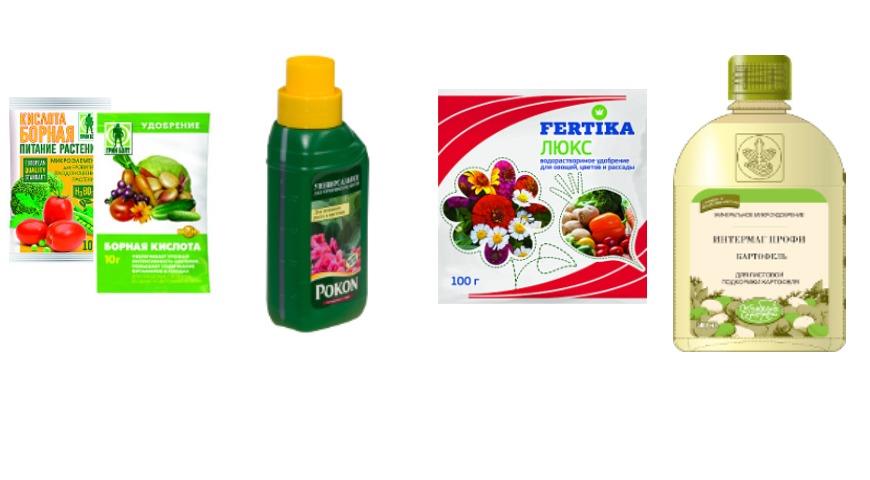
How to feed cucumbers with boric acid: 5 best recipes
When preparing recipes with boric acid, the general rule must be observed: first, boric acid powder is diluted in hot water, and then the solution is added with cold water to the desired concentration.
1 Boric acid solution for pre-sowing treatment of cucumber seeds
Boron improves the germination of cucumber seeds. Before planting, the seeds are soaked in the solution for a maximum of 12 hours. To prepare such a stimulant, you need 0,2 g of boric acid powder and 1 liter of hot water. Dissolve the powder, wait until the water cools down. Wrap the cucumber seeds in gauze or a napkin, soak in the solution for 12 hours.
2 Boric acid solution for spraying flowering cucumbers: basic
Boric acid solution for spraying cucumbers: Dissolve 5 g of boric acid powder in 2 liters of hot water, and then add 10 liters of cold water. Processing is carried out once every three weeks, no longer needed.
3 Boric acid solution to attract cucumber pollinators
This solution can be used on bee-pollinated cucumber varieties and hybrids, most often in open ground. Then you need to add 100 g of sugar to the basic recipe, this will help attract pollinators.
4 Boric acid solution to prevent cucumber flowers from falling off
Spraying cucumbers with a solution of boric acid prevents the female flowers from falling off. To do this, dissolve 10 g of potassium permanganate in 2 liters of water, add 2 g of boric acid powder. Treatment with such a solution is carried out at the beginning of the flowering of cucumbers.
5 Boric acid solution to protect cucumbers from diseases
Add 20 drops of iodine to the basic boric acid solution recipe. This is a good prophylactic for protecting cucumbers from bacteriosis, powdery mildew, and root rot. Spray cucumber leaves thoroughly, on both sides in calm, dry weather, preferably early in the morning or after sunset. Three preventive treatments are enough: when buds appear, in the flowering phase and at the beginning of fruiting. You can find out about the main diseases and pests of cucumbers here >>.
You can find out more about how to feed other fruit and garden plants with boric acid in this detailed material >>>

